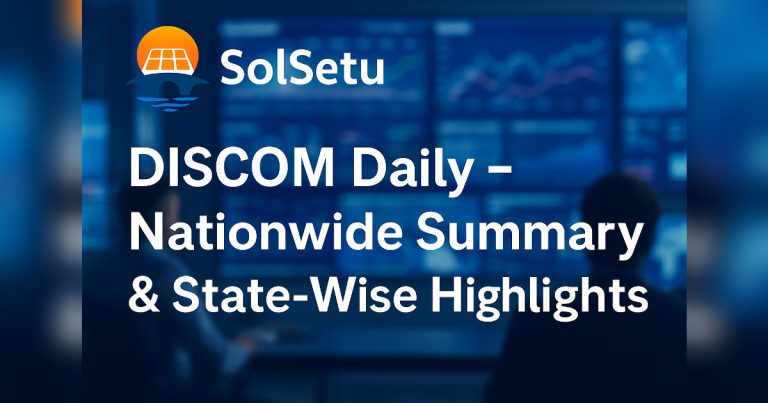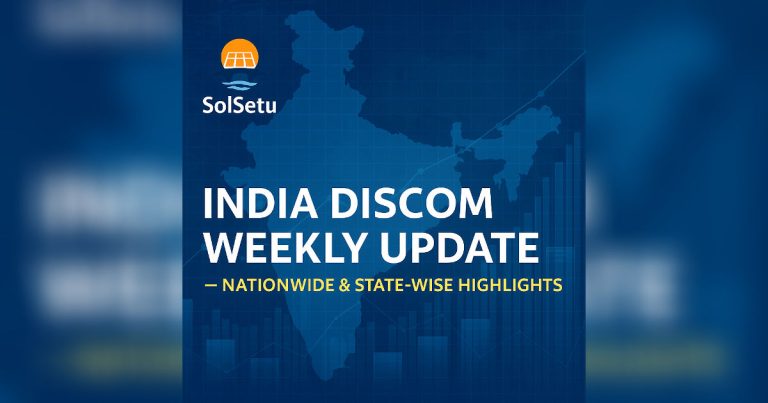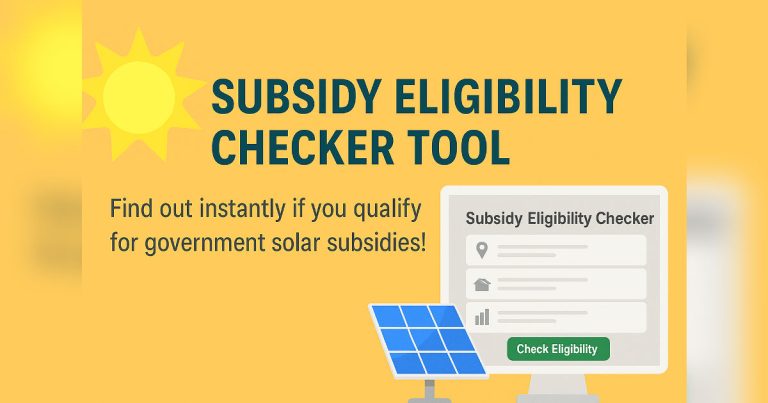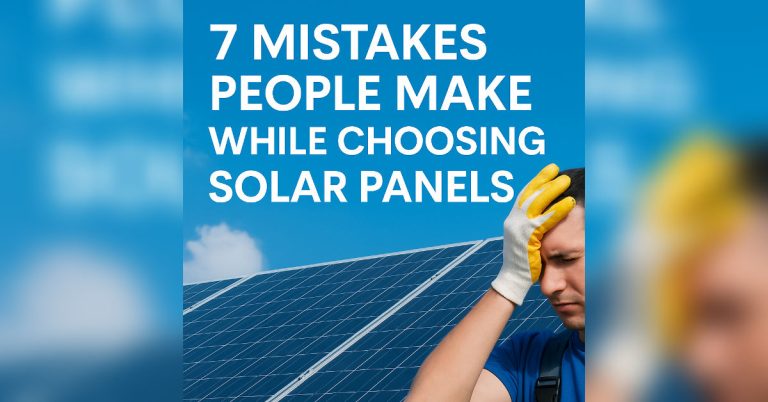Government’s New Push for Solar-Powered EV Charging Stations in 2025 — SolSetu

Government’s New Push for Solar-Powered EV Charging Stations in 2025
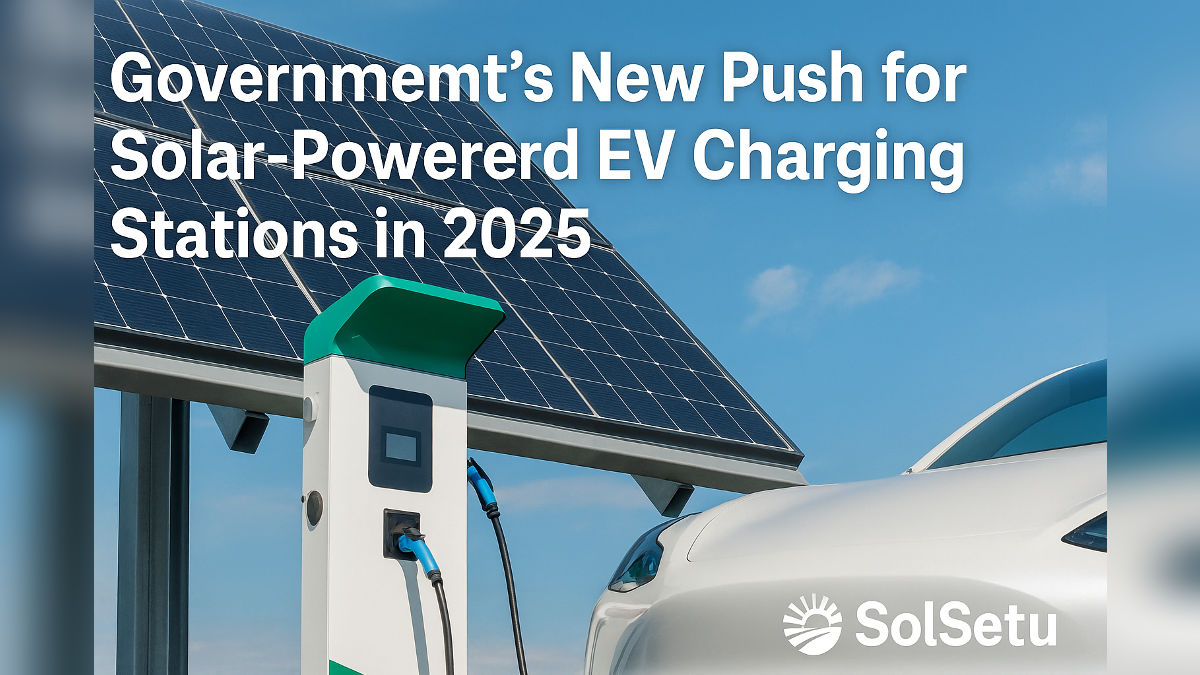
In 2025, India is steering a focused push to pair public EV charging infrastructure with solar generation and storage — aiming to make EV charging cleaner, reduce daytime grid stress, and cut operating costs for chargepoint operators. Central guidelines and state pilots are designing the technical and subsidy framework to bring rooftop and ground-mounted solar into EV charger projects.
:contentReference[oaicite:0]{index=0}The PM E-DRIVE programme (operational guidelines rolled out in 2025) sets a tiered subsidy approach that covers upstream infrastructure and — in many cases — part of EVSE costs for public chargers sited at government premises, highways and transport hubs. The scheme’s scale is aimed at tens of thousands of public chargers nationwide under a phased rollout.
:contentReference[oaicite:1]{index=1}Guidelines emphasise integration of rooftop solar, on-site battery energy storage (BESS) and smart energy management so charging points can use local clean generation during the day and stored energy for peak demand — reducing both emissions and peak grid draw.
:contentReference[oaicite:2]{index=2}Several states and cities are already piloting solar-powered charging hubs. Chandigarh and Ahmedabad — among others — have announced rooftop- or depot-based solar plus battery projects to power e-buses and public charging points, showing locally scalable models for integrating solar with urban transport charging needs.
:contentReference[oaicite:3]{index=3}On the ground: Karnataka has submitted large proposals under central schemes to expand high-capacity chargers on highways and bus depots; many plans explicitly include solar co-location and grid-upstream subsidy coverage for infrastructure elements.
:contentReference[oaicite:4]{index=4}- Lower operating cost: Daytime solar generation reduces grid energy purchases and improves margins for rapid-charging sites.
- Grid relief: Distributed solar with smart charging mitigates local peak loads and can defer costly network upgrades.
- Energy resilience: Paired BESS enables reliable charging even during short grid outages or night-time peak shifting.
Experts caution that utilisation rates, tariff structures and clear commercial models are crucial — otherwise chargers can remain underused and investments may struggle to achieve projected returns. Planning charger placement along travel corridors and near high-usage nodes remains a priority for the central guidelines.
:contentReference[oaicite:5]{index=5}Chargepoint operators (CPOs), system integrators and PV vendors should consider bundled proposals: rooftop solar + inverter + BESS + EVSE with a clear OPEX/CAPEX split to qualify for tiered subsidies and to present bankable business cases. Local governments can unlock faster deployment by offering public land, simplified permitting and guaranteeing access (where required by subsidy terms).
Tip for vendors: show projected kWh from on-site solar during the day, expected BESS cycles, and estimated payback under subsidy when pitching to municipal bodies or highway concessionaires.
- Need for standardised interconnection & monitoring protocols across states.
- Coordination with DISCOMs for upstream infrastructure and capacity reservation.
- Financing complexity when bundling PV, BESS and EVSE — clear subsidy pass-through is essential for project bankability.
Addressing these operational and commercial hurdles will determine whether solar-powered charging becomes the norm or a niche pilot solution.
:contentReference[oaicite:6]{index=6}
